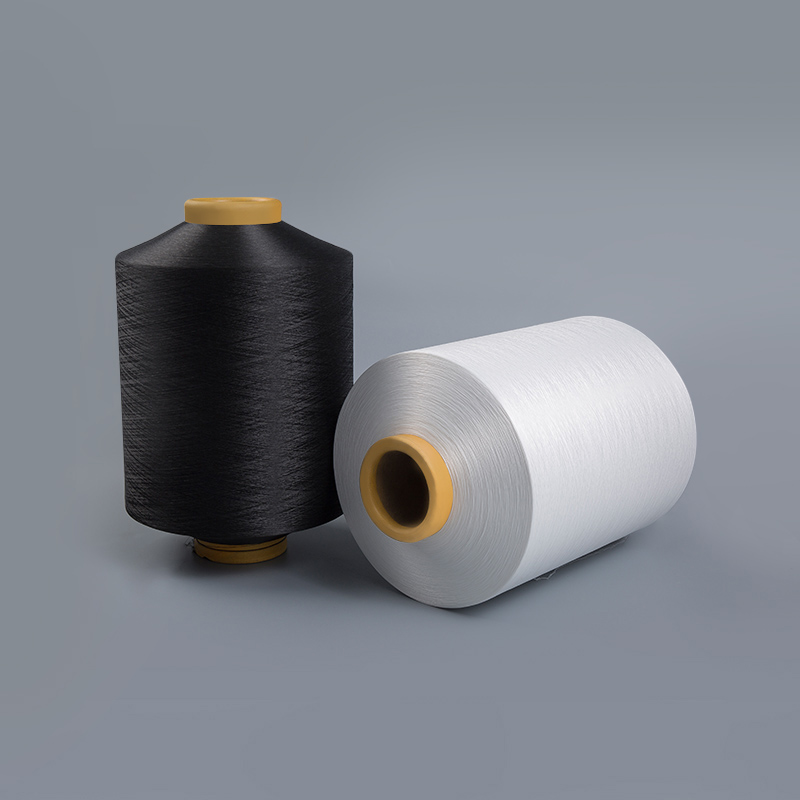Email us now!
The choice of outer covering yarn has a profound impact on the performance and final fabric characteristics of Covered Rubber Elastic Yarn. This choice not only involves the physical properties of the material, but is also directly related to the comfort, durability, aesthetics and environmental friendliness of the textile.
Considering the feel and comfort, the material of the outer covering yarn determines the softness, gloss and touch of the textile. Generally, the choice of soft natural fibers such as cotton yarn, or synthetic fibers such as polyester or nylon can provide the fabric with a good touch and a comfortable wearing experience. This comfort is especially important for applications such as underwear and sportswear that need to be in direct contact with the skin and maintain comfort.
Secondly, abrasion resistance and durability are another important factor to consider when choosing outer covering yarn. Different fibers have different abrasion resistance, and the right choice can effectively extend the service life of the textile, especially in scenarios with high-frequency use and frequent washing. For example, synthetic fibers with high abrasion resistance, such as nylon, are suitable for sports equipment that requires extra durability.
Strength and stretchability are one of the key properties of rubber-covered elastic yarn. Internal elastic fibers such as rubber or elastane provide good stretch properties of the yarn, while the choice of external covering yarn can further enhance this property. Using high-strength synthetic fibers as covering yarns can not only increase the tensile strength of the yarn, but also improve the tensile properties of the fabric, so that it can quickly recover to its original shape after stretching and deformation, and maintain long-term use.
In addition, the choice of external yarns will directly affect the printing and dyeing effect and color performance of the fabric. Some synthetic fibers have good printing and dyeing absorption and color vividness, which enables textiles to better maintain the vividness and durability of colors during dyeing and printing. This is especially important for fashion clothing and custom fabrics, as they need to achieve high-quality visual effects and color performance.













